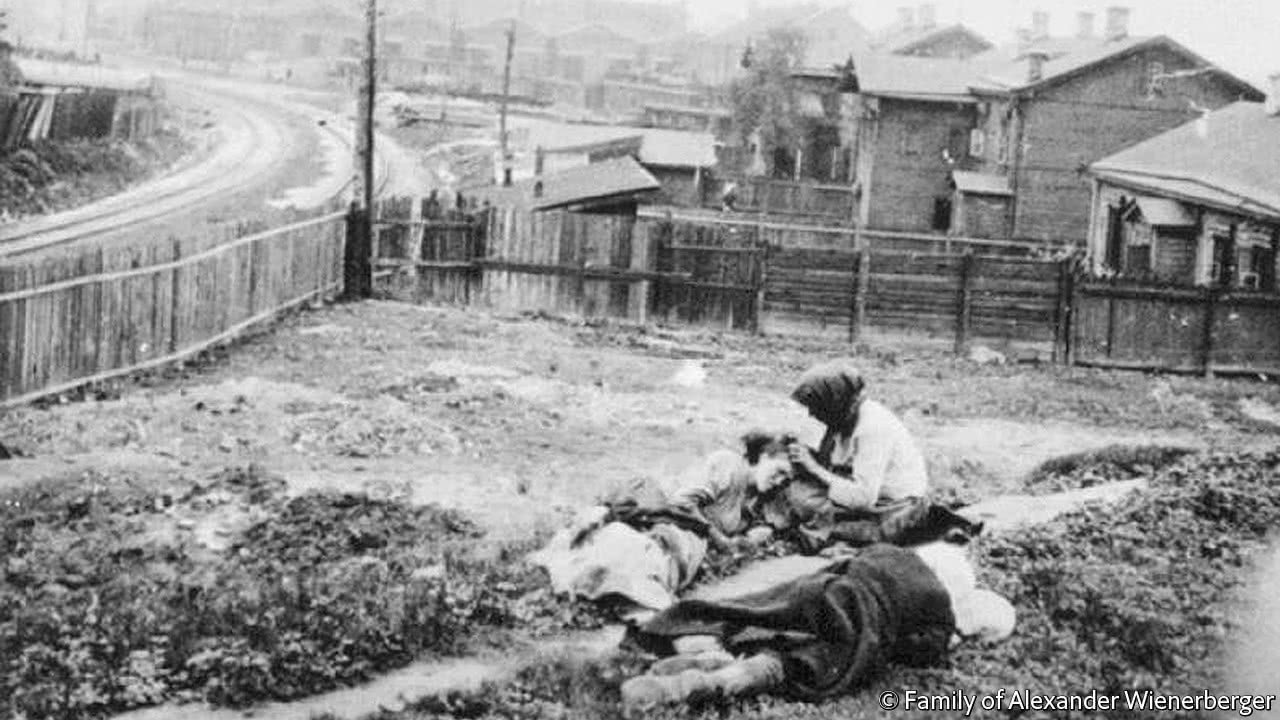The First Genocide of Ukraine (Holodomor)

The Holodomor (Ukrainian: Голодомо́р, romanized: Holodomor, IPA: [ɦolodoˈmɔr];derived from морити голодом, moryty holodom, 'to kill by starvation'), also known as the Terror-Famine or the Great Famine, was a man-made famine in Soviet Ukraine from 1932 to 1933 that killed millions of Ukrainians. The Holodomor famine was part of the wider Soviet famine of 1932–1933 which affected the major grain-producing areas of the country.
While scholars universally agree that the cause of the famine was man-made, whether or not the Holodomor constitutes a genocide remains in dispute. Some historians conclude that the famine was planned and exacerbated by Joseph Stalin in order to eliminate a Ukrainian independence movement. Others suggest that the famine arose because of rapid Soviet industrialisation and collectivization of agriculture.
Ukraine was one of the largest grain-producing states in the USSR, and as a result was hit particularly hard by the famine. Early estimates of the death toll by scholars and government officials vary greatly. A joint statement to the United Nations signed by 25 countries in 2003 declared that 7–10 million died. However, current scholarship estimates a range significantly lower, with 3.5 to 5 million victims. The famine's widespread impact on Ukraine persists to this day.
Since 2006, the Holodomor has been recognized by Ukraine alongside 15 other countries, as a genocide against the Ukrainian people carried out by the Soviet regime.
